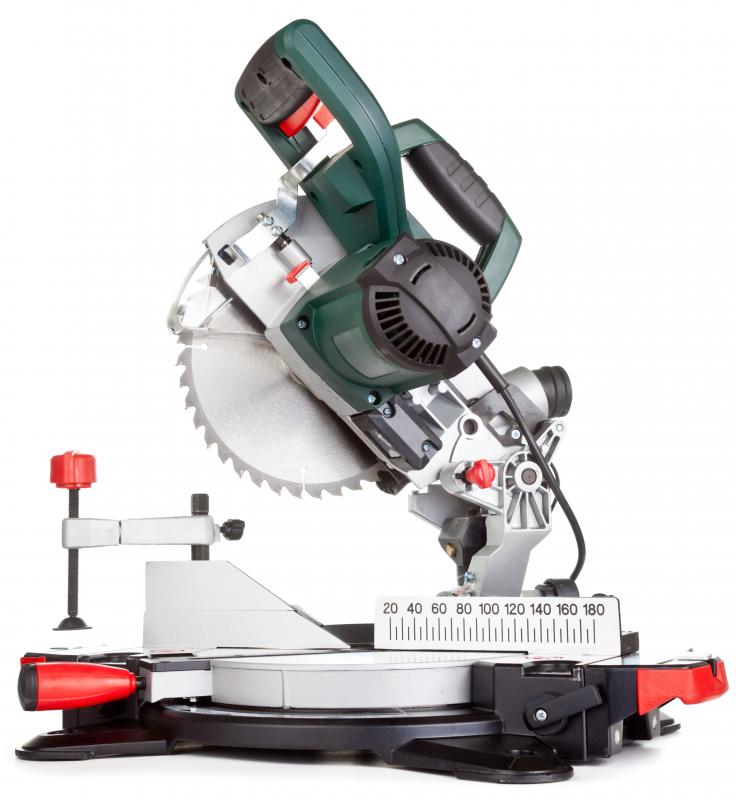At WiseGEEK, we're committed to delivering accurate, trustworthy information. Our expert-authored content is rigorously fact-checked and sourced from credible authorities. Discover how we uphold the highest standards in providing you with reliable knowledge.
What is Wainscoting?
During the early days of house construction, interior walls often suffered from a wicking effect called rising damp. In an effort to reinforce the lower third of the wall and create a bit of camouflage, builders added wooden panels called wainscoting. These tongue-in-groove wooden slats extend upwards from the baseboards and end anywhere from three to eight feet up the wall. The top of the wainscoting is capped with a piece of molding to prevent a chair from damaging the wall. The effect of the dark wood against the lighter plaster wall also provides a pleasant visual contrast.
The problems leading to rising damp have mostly been eradicated, but the practice of using wainscoting still lives on. Most modern wainscoting panels are cut between 36 and 42 inches, approximately 1 to 1.5 meters. Other materials such as tile and vinyl paneling may also be used as wainscoting. The idea is to delineate approximately one third of the wall surface for decorative interest. Modern wainscoting is still capped off with a protruding form of molding to protect the wall from chair damage.

Not all modern designers have embraced the appeal of wainscoting. Since the individual panels must be processed and cut to length, they can be quite expensive. Installing wainscoting can be a tedious process, especially if it is to be used over extensive areas. Additional molding must also be purchased, processed and installed. If other materials such as tiling are used, the workers must be very precise during installation. Some designers and home builders find it easier to use contrasting wallpaper or paint to create a wainscoting effect without the added expense and time.

For those who are interested in adding wainscoting to an existing room, a few lessons on installation may be helpful. Obtaining the individual panels from a local home improvement store should not be difficult, but learning how to keep the work level and secure can be challenging. The molding for capping off wainscoting can also be very expensive, so be prepared to make a few test cuts on scrap wood before using a miter saw on the real thing.
AS FEATURED ON:
AS FEATURED ON:












Discussion Comments
Wainscoting is an excellent way to add character to any room in your house.
Post your comments